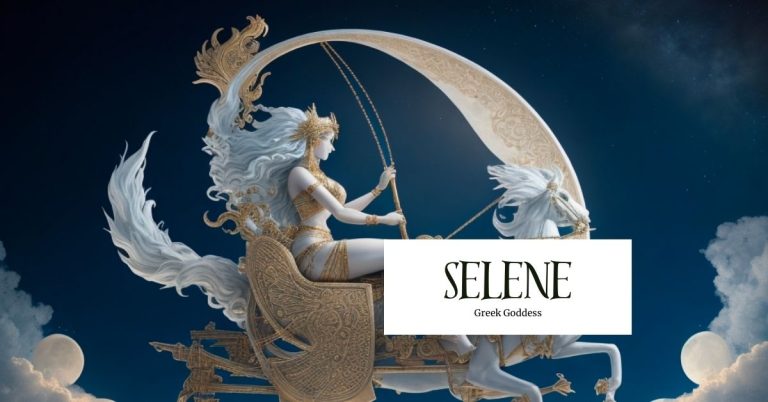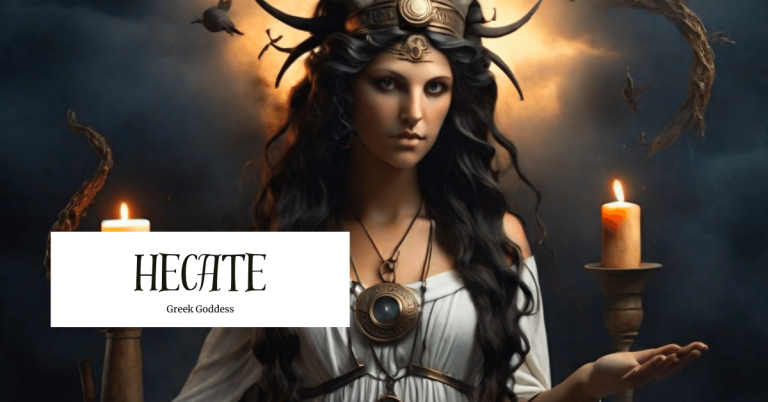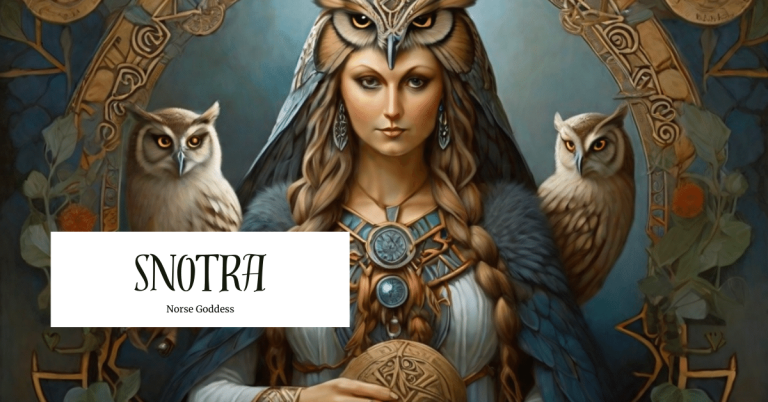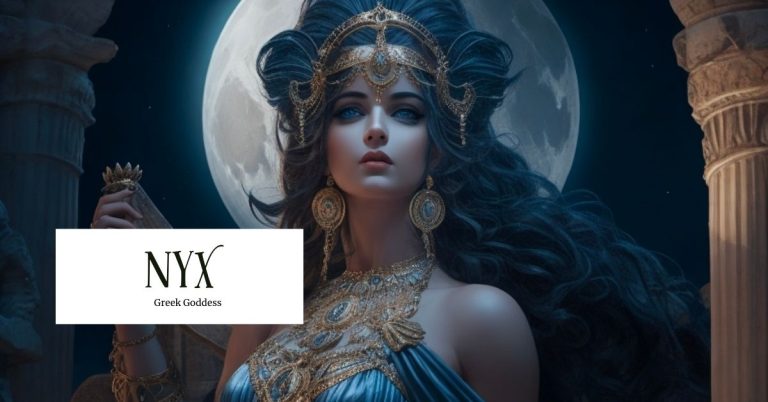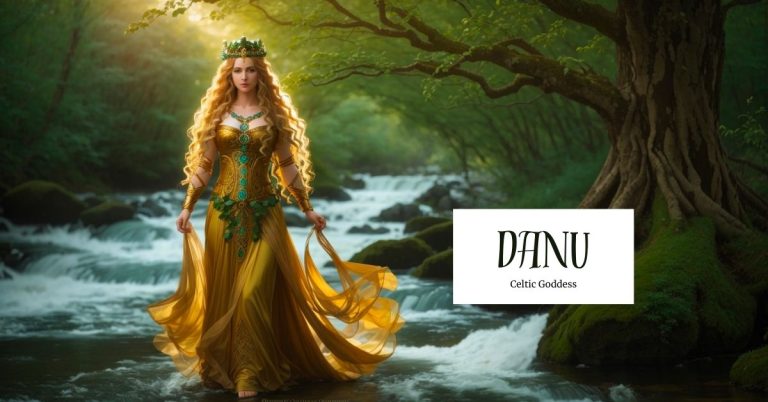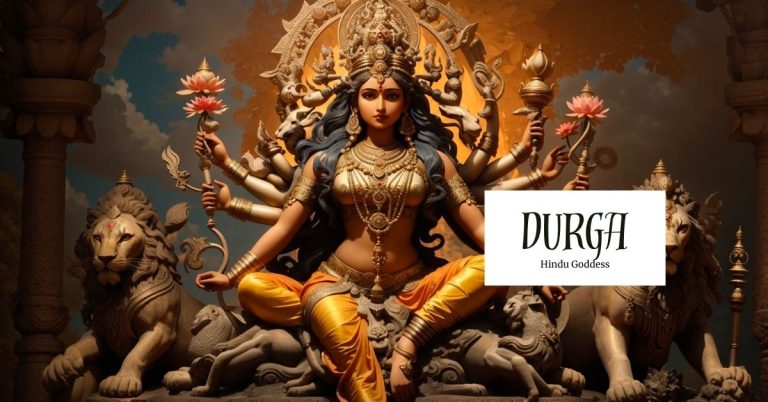Kali: The Goddess Of Death
The illustrious pantheon of Hindu deities consists of many awe-inspiring figures; among them, Kali reigns supreme. This fierce goddess, also known as Kalika, commands reverence and respect due to her association with time, doomsday, death, and destruction (Wikipedia Contributors). According to legend, Kali was created by Durga, the mighty warrior goddess, and has since been celebrated for her slaying of the demon Mahishasura and the legendary dance of destruction. It is no surprise, therefore, that the goddess of death is held in such high esteem by devotees of Hinduism.
Overview of Kali
Kali, also called Mahakali, is a prominent deity revered in Hindu mythology for her immense power and significance. She represents the ancient force that lies before creation and manifests as the annihilating force that dissolves the universe. The portrayal of Kali is that of a ferocious goddess with a formidable appearance, yet she encapsulates the potential for liberation and spiritual awakening. Her dark complexion and intense demeanor challenge the conventional notions of beauty and mirror the transformative nature of existence. In essence, Kali embodies the ultimate reality, and her worship is a testament to her profound spiritual significance in Hindu culture.
Source: Freepik
Titles
- Great Kali
- The Dark One
- The Redeemer of the Universe
- Killer of Chanda and Munda
Abilities
Kali has exceptional abilities that showcase her immense power and influence. In depictions of her, she often wields a sword, which symbolizes the cutting of ignorance and the destruction of ego. And in other portrayals, Kali is illustrated holding a severed head representing the triumph over ignorance and attachment to worldly desires. This powerful imagery shows Kali’s role as the destroyer of illusion and ignorance, paving the way for spiritual growth and transformation (Natesan).
Furthermore, Kali’s standard depiction of standing on the body of Lord Shiva conveys her supremacy over time and the transient nature of existence. This powerful imagery signifies her ability to dissolve all things and highlights her dominion over creation, preservation, and dissolution cycles. Kali’s divine role as the destroyer of illusion and ignorance is a testimony of her immense power, and her depiction of standing on Lord Shiva’s body is a reminder of her everlasting reign and influence over the universe (Cartwright).
Characteristics
The image of Kali is striking and evocative, capturing the essence of her fierce and transformative nature. She is often portrayed with dark blue or black skin, symbolizing the vastness of the night sky and the limitless potential for both creation and destruction. Her hair is typically shown as messy and matted, representing her wild and untamed energy, free from the constraints of societal norms (Natesan). The piercing red color of her eyes signifies her fierce determination and unyielding nature. Kali’s overall demeanor exudes raw power and a sense of liberation from conventional beauty standards, emphasizing reality’s transformative and non-dualistic nature.
Her physical representation challenges traditional notions of beauty, compelling us to view the world through a new lens.
Source: Fineartamerica
Traits
Kali’s personality is a unique blend of fearlessness, ferocity, and untamed energy that embodies the creative and destructive forces of the universe. She symbolizes the cyclical nature of existence, representing the power and intensity that can destroy and create. Her fierce character fearlessly confronts and annihilates evil (Natesan), protecting her devotees from harm and upholding righteousness with unwavering determination.
However, while Kali’s intense aspect may appear intimidating, she also exhibits compassion and liberation. Her heart is reflected in her ability to liberate individuals from the bondage of ignorance and attachment, guiding them toward spiritual transcendence. Kali encourages her devotees to confront their fears, embrace the impermanence of life, and recognize the eternal essence within themselves (Cartwright).
Through her transformative influence, Kali catalyzes growth and transformation in those who seek her guidance. She embodies the power of change and is a testament to the soul’s eternal nature. As such, she remains a revered figure in Hindu mythology and an inspiration to those who seek to live a life of compassion, courage, and spiritual growth.
Symbols
Kali is linked with a collection of symbols. The garland of severed heads often adoring her neck in countless illustrations is a powerful emblem of the conquest of ego and liberation from worldly attachments. Each severed head represents the triumph over individualistic desires and the realization of the interconnectedness of all beings (Natesan). Moreover, this striking symbol embodies the transcendence of the limitations of conventional understanding, allowing seekers to experience the unity and non-dual nature of existence.
Furthermore, the sword Kali wields in her hand is a powerful symbol representing the cutting of ignorance and the destruction of negativity. It signifies her power to sever the ties of delusion and ignorance that bind individuals, enabling them to attain spiritual awakening and transcendence (Cartwright). This symbol is a testament to the transformative power of Kali, who helps individuals to overcome the limitations of the material world and achieve spiritual liberation.
Another symbol associated with Kali is her fierce countenance, with her tongue sticking out. This portrayal represents her power to consume and dissolve all dualities, transcending the limitations of conventional understanding. It symbolizes her ability to annihilate illusions, ego-driven identities, and the notion of separateness, enabling seekers to experience the unity and non-dual nature of existence (Story).
Source: Vedicfeed
Festivals and Rituals
The goddess Kali is the subject of numerous vibrant festivals and rituals in her honor. Among these, Kali Puja stands out as one of the most significant. Observed on the new moon night of the Hindu month Kartik, this sacred occasion sees devotees gathering together to offer prayers, chant mantras, and perform elaborate rituals to invoke Kali’s divine blessings. The atmosphere is filled with devotion and reverence as worshippers seek the goddess’s grace and protection (Natesan). These festivals and ceremonies provide a dedicated time for devotees to connect with Kali’s energy, express their devotion, and seek her blessings. They create a vibrant and spiritually enthusiastic atmosphere, celebrating the power and transformative nature of Kali in the lives of her followers.
Source: Reddit
Legends associated with Kali
Kali holds a special place in the Hindu religion due to her ability to both destroy and transform, which has earned her great respect and admiration among the many deities. Her enthralling legends, the intricacies of her origin story, and the influences she has drawn from other religions and cultures have all contributed to a rich and fascinating mythology surrounding the formidable goddess of death.
Origin story
The origin story of the revered Hindu goddess, Kali, is a subject of varying accounts across Hindu mythology. Multiple versions exist that portray her birth or emergence, but one particularly prominent narrative recounts how Kali sprang forth from the forehead of the goddess Durga during a fierce battle against the evil demon Raktabija. The demon possessed the frightening ability to multiply with each drop of his spilled blood, rendering Durga unable to defeat him. To counter this challenge, Durga created Kali, an embodiment of her fierce divine energy. With her awe-inspiring form and unbridled power, Kali fearlessly devoured Raktabija, thus effectively ending his reign of terror and restoring balance and peace. This legend undoubtedly attests to Kali’s unparalleled role as the formidable warrior goddess, unleashing her divine energy to combat and ultimately overcome the forces of evil (Cartwright).
Source: Deviantart
The Slaying of Mahishasura
One of the most captivating legends surrounding the Hindu goddess Kali centers around her heroic slaying of the buffalo demon Mahishasura. Legend has it that Mahishasura had been granted a boon that rendered him nearly invincible, causing worldwide chaos and devastation. In response to this dire situation, the gods summoned Kali to confront Mahishasura in a fierce battle. With her formidable prowess and unwavering resolve, Kali emerged victorious over the demon, decapitating him and liberating the world from his oppressive rule. This tale highlights Kali’s ferocious aspect as the destroyer of evil forces, symbolizing the triumph of righteousness over wickedness (Story).
Source: Pinterest
Dance of Destruction
In the fascinating legend of Kali’s dance of destruction, the goddess becomes enthralled by her power after successfully defeating all the demons on Earth. Overtaken by the joy of her victory, Kali’s unstoppable force threatened to engulf everything in her path. To bring her back to awareness, Lord Shiva, the divine consort, laid down amidst the battlefield, offering himself as a focal point for her attention. In her zeal, Kali unintentionally stepped on Lord Shiva. She realized her mistake at that moment and stuck out her tongue in astonishment. This act signifies Kali’s transformation from the destructive aspect of the goddess to her nurturing and compassionate nature. It serves as a reminder of the importance of balance and compassion, even amid immense power and destruction. This legend exemplifies Kali’s multifaceted nature, encompassing her divine energy’s fierce and nurturing aspects (Natesan).
Source: Mytraemeliana
Influences of other religions/cultures on Kali
The portrayal of Kali has been dramatically influenced by interactions with other religions and cultures, resulting in intriguing syncretic representations. In certain forms of Buddhism, Kali is equated with the goddess Tara, who embodies compassion and enlightenment. This assimilation reflects the syncretism between Hindu and Buddhist traditions, highlighting the interconnectedness of these belief systems. Kali’s assimilation with Tara showcases her compassionate aspect and underscores the shared ideals of compassion and enlightenment across these faiths (Cartwright).
Furthermore, Kali’s depiction as the fierce goddess Durga in the Mahayana Buddhist tradition demonstrates the impact of Hinduism on Buddhist iconography. In this context, Kali embodies Durga’s powerful and protective qualities, emphasizing her power to conquer evil and defend the righteous. The influence of Hinduism on Buddhist representations of Kali-Durga further highlights the shared reverence for this aspect of the divine feminine.
The syncretic representations of Kali are a testament to the diverse and complex nature of religious beliefs and their ability to evolve. The assimilation of Kali with other deities underscores the interconnectedness of different faiths and the shared values they uphold. Through these syncretic representations, Kali continues to be a revered and multifaceted goddess, embodying both destruction and compassion, fearsomeness and protection, and serving as a symbol of the divine feminine.
Modern appearances
In modern times, Kali remains a revered figure, and her presence is celebrated through various artistic and cultural expressions. Her imagery is often depicted in paintings, sculptures, and religious iconography, symbolizing her ferocity and transformative power. Kali’s influence extends to literature, music, and contemporary artworks, where she is celebrated as a symbol of feminine strength, liberation, and empowerment. Her mythology and symbolism resonate strongly with individuals seeking spiritual awakening and transformation in the modern world.
Source: Collections
Final thoughts
Kali is a powerful embodiment of destruction and transformation. Her complex nature is revealed through various legends surrounding her origin, her battles against demons, and her dance of destruction. Kali’s multifaceted persona is both terrifying and nurturing, highlighting her significance in the spiritual realm. The influence of other religions and cultures has contributed to her perception and recognition, emphasizing her interconnectedness with diverse spiritual traditions. Even in modern times, Kali’s symbolism and presence continue to inspire artists, writers, and those seeking spiritual enlightenment, symbolizing each individual’s strength and transformative potential. The cyclical nature of existence and the importance of finding balance amidst the destructive and creative forces in the universe are underscored by Kali’s presence.
References
Cartwright, Mark. “Kali.” World History Encyclopedia, 21 June 2013, www.worldhistory.org/Kali/.
Natesan, Sivagami. “Ma Kali.” Hindu American Foundation, 20 Nov. 2020, www.hinduamerican.org/blog/ma-kali.
Story, Kali: “The Hindu Goddess Kali: Story, Symbols & Facts – Video & Lesson Transcript | Study.com.” Study.com, 2020, study.com/academy/lesson/the-hindu-goddess-kali-story-symbols-facts.html.
Wikipedia Contributors. “Kali.” Wikipedia, Wikimedia Foundation, 16 Dec. 2018, en.wikipedia.org/wiki/Kali.


